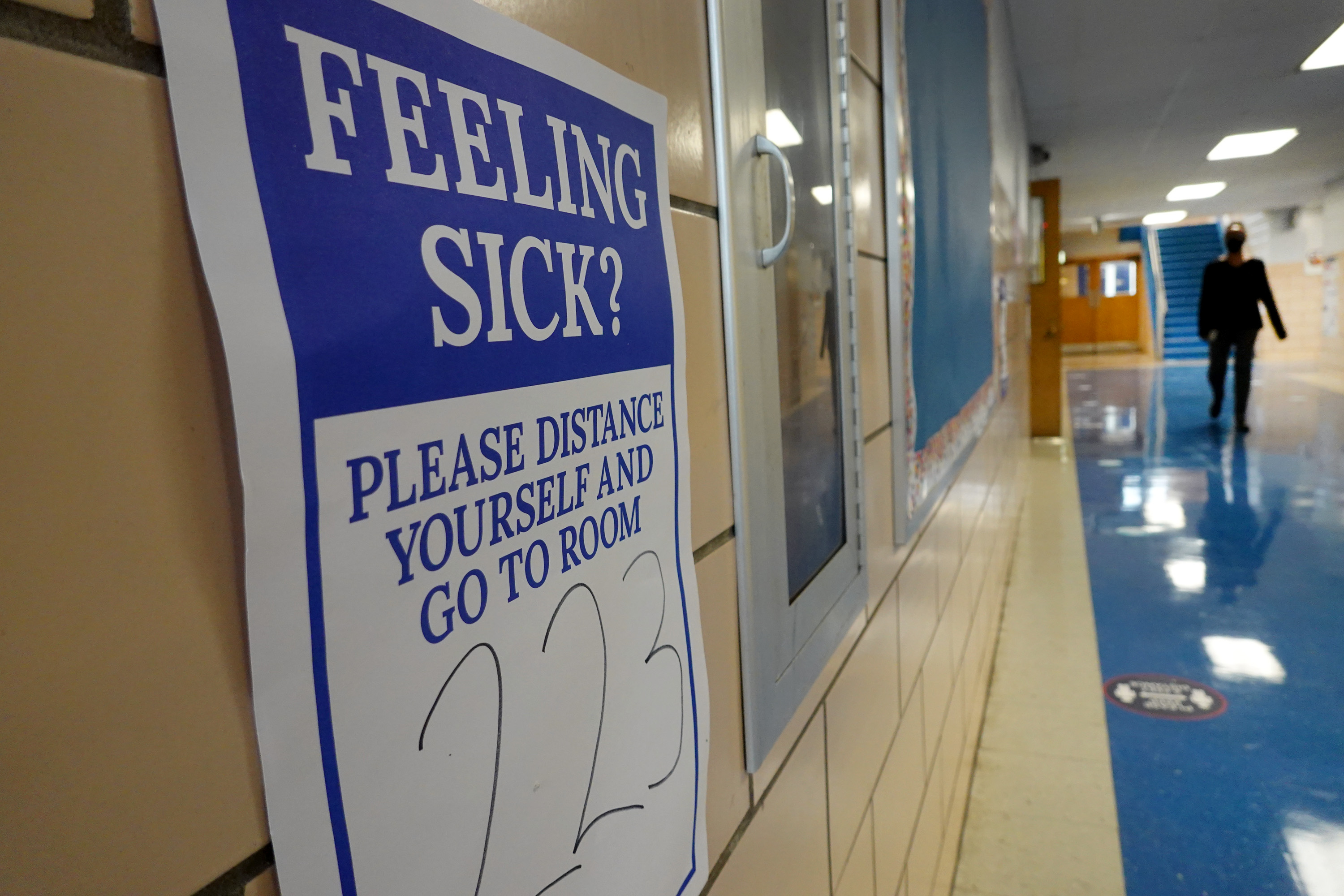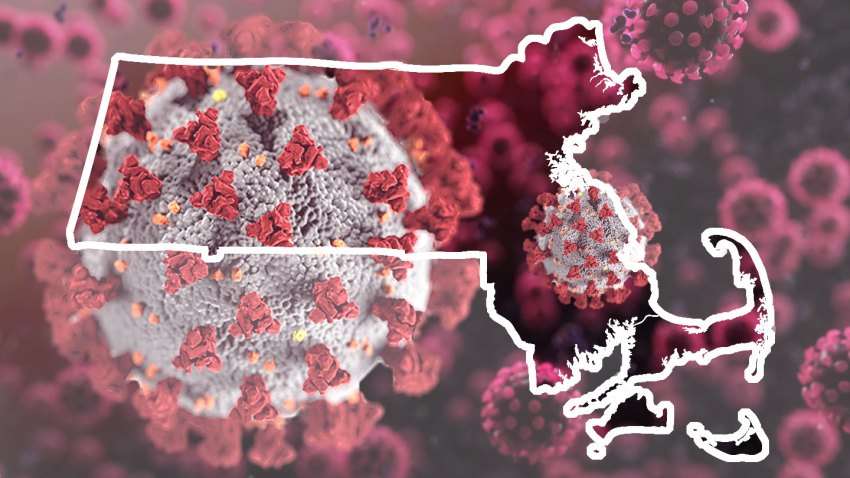The number of cities and towns that meet the Department of Public Health's criteria for the red high-risk category increased 40% from last week, has now climbed for four consecutive weeks and has more than doubled in two weeks.
There are now 77 Massachusetts communities "in the red," meaning the state considers them to have the highest risk of COVID-19 transmission as the race between the ongoing vaccination push and the spread of coronavirus mutants intensifies.
Still, the red community designations remain well below the January peak when almost two-thirds of the 351 cities and towns in Massachusetts were considered high-risk.
In DPH's report that looked at data from March 21 through April 3, 226 communities saw their average daily incidence rates increase or remain flat and 126 saw a decline in the average incidence of COVID-19 cases. In terms of positivity percentage, 238 cities and towns saw an increase or no change and 114 watched their positive test rates go down.
Get New England news, weather forecasts and entertainment stories to your inbox. Sign up for NECN newsletters.
During the two-week period covered in DPH's most recent community report -- which was moved from a separate PDF file to a tab on the state's interactive dashboard of COVID-19 metrics -- the state's average number of daily new cases climbed from 1,657.9 to 1,958.4, the positive test rate rose from 2.2% to 2.53%, the average number of hospitalized COVID-19 patients climbed from 601.4 to 695, and the average number of daily COVID-19 deaths dipped from 31.1 to 25.4.
The 77 towns in the red category are: Abington, Adams, Athol, Ayer, Barnstable, Billerica, Blackstone, Brewster, Brockton, Carver, Chatham, Chelmsford, Chicopee, Dennis, Dighton, Dracut, East Longmeadow, Edgartown, Everett, Fall River, Framingham, Freetown, Granby, Halifax, Hamilton, Hampden, Hanson, Holyoke, Hopedale, Hull, Lakeville, Lawrence, Littleton, Lowell, Ludlow, Lynn, Mansfield, Mashpee, Methuen, Middleborough, Milford, Monson, Nantucket, New Bedford, Oak Bluffs, Orange, Palmer, Paxton, Peabody, Plainville, Plymouth, Raynham, Rehoboth, Revere, Sandwich, Saugus, Seekonk, Somerset, Southampton, Southborough, Springfield, Sutton, Swansea, Taunton, Tisbury, Tyngsborough, Ware, Wareham, Wenham, West Boylston, West Bridgewater, West Springfield, Westport, Whitman, Williamstown, Winchendon, and Yarmouth.
Of those communities, 27 are newly in red on the list this week: Billerica, Chatham, Chelmsford, Dighton, East Longmeadow, Edgartown, Hamilton, Holyoke, Hopedale, Hull, Littleton, Middleborough, Oak Bluffs, Paxton, Rehoboth, Revere, Somerset, Southampton, Swansea, Taunton, Tisbury, Wareham, Wenham, West Springfield, Westport, Whitman, Winchendon.
Five communities also dropped out of red: Canton, Harwich, North Attleborough, Pembroke and Templeton.
To qualify for the red, high-risk category under the metrics, communities with populations under 10,000 must have more than 25 cases. For mid-size communities of between 10,000 and 50,000 people, they must have an average of more than 10 cases per 100,000 people and a positive test rate of more than 5%. And for larger communities of greater than 50,000 people, they must have more than 10 cases per 100,000 people and a positive test rate of more than 4%.
There were also 154 communities in DPH's moderate-risk yellow category this week, 23 in the green category and 97 cities and towns that did not record enough cases to warrant a categorization.



